What is the reverse osmosis recovery rate?
The reverse osmosis technology is currently the most advanced technology in the water treatment industry. The reverse osmosis membrane can remove impurities and dissolved salts in the water, and the desalination rate is as high as 99.7%. The improvement of the recovery rate and the rational use of water resources have also become an important factor in selection. What does reverse osmosis recovery mean? How to calculate? Many customers are also ignorant, so let's take a look at it with you.
1. What is the recovery rate? What is the calculation method?
The recovery rate refers to the proportion of the system influent water converted into product water. The recovery rate of a conventional single membrane element varies from a maximum of about 12% for seawater to a maximum of about 30% for RO permeate water, depending on the influent quality. The recovery rate of conventional RO system also varies from 30% to 90% according to the scale of the system and the quality of raw water.
The formula for calculating the recovery rate:
R%=Fp/Ff×100%
In the formula: Ff----influent flow of membrane (system) (m³/h);
Fp----permeate flow of membrane (system) (m³/h);
R----Recovery rate of membrane (system) (m³/h);
Once the recovery rate of the system is confirmed, the concentration ratio of the RO system to the salt content of the raw water can be roughly calculated, and the concentration ratio is also called the concentration factor of the RO system. For example, assuming complete removal of TDS by RO, for a system with a 75% recovery, this is equivalent to a 4-fold concentration of RO influent salt content, i.e. a concentration factor of 4. Knowing the concentration factor of the system is very helpful to our understanding of fouling and fouling on the concentrate side.
The formula for calculating the system concentration factor:
Additional resources:How Often Should Air Filters Be Changed?
Can rPET be used for food packaging?
Revolutionize Waste: Unveiling Ultimate PET Bottle Recycling
What are the advantages of using a movable dam for my B2B business and how can I order one?
Revolutionary Water Inflated Flood Barriers: Unleashing Protection!
Is rPET the same as recycled polyester?
Discover the Benefits of Inflatable Dams in Argentina
CF=1/(1-R)=Ff/Fc
In the formula: CF----concentration factor;
Fc----concentrated water flow of the system (m³/h);
Second, the recovery rate law:
It can be seen that the concentration ratio of raw water increases with the increase of the recovery rate, and when the recovery rate is greater than 75%, the increasing trend of the concentration ratio becomes faster and more obvious. A high recovery rate means less concentrated water discharge, but an excessively high recovery rate will lead to a decline in the quality of the produced water.
Increasing the recovery rate of the system will increase the concentration difference between the two sides of the membrane, resulting in an increase in the salt content of the permeate water; the increase in the ro recovery rate will also lead to a decrease in the net driving pressure of the system, which will eventually lead to a decrease in the permeate volume of the system, while maintaining the same production rate. The amount of water must increase the operating pressure of the system.
The recovery rate is not the property of the reverse osmosis membrane, but the result of the designer's trade-off between the quality requirements of the produced water and the flow rate of the concentrated water. The upper limit of the recovery rate is determined by two factors, the fouling tendency of the raw water and the tendency of concentration polarization on the membrane surface.
Therefore, before setting the system recovery rate, it is necessary to confirm whether insoluble salts (such as: CaCO3, CaSO4, BaSO4, CrSO4, SiO2, etc.) will scale on the membrane surface. Conventionally, when the ion product of the insoluble salt in the solution is greater than its solubility product, the precipitate may be precipitated from the solution, and the recovery rate corresponding to the maximum concentrated water concentration that ensures no precipitate is formed is the upper limit of the system recovery rate.
As a member of environmentalists, we need to work together to improve the recovery rate and avoid wasting water resources. UltraClean reverse osmosis membrane greatly improves the recovery rate of the system with advanced technology, greatly saves resources, and effectively improves the system efficiency.
Uncovering the Mysteries of Yuanlong: Everything You Need to Know
Revolutionize Power Generation with Hydraulic Elevator Dam Technology
What is polyethylene shrink wrap used for?
How is rPET produced?
Top Oil Purifier Filters in Denmark - Reviewed!
Ultimate Guide to Rubber Dam Design in Bolivia: Answers to Your Top Questions
What are the big Ziploc bags called?
Related Articles

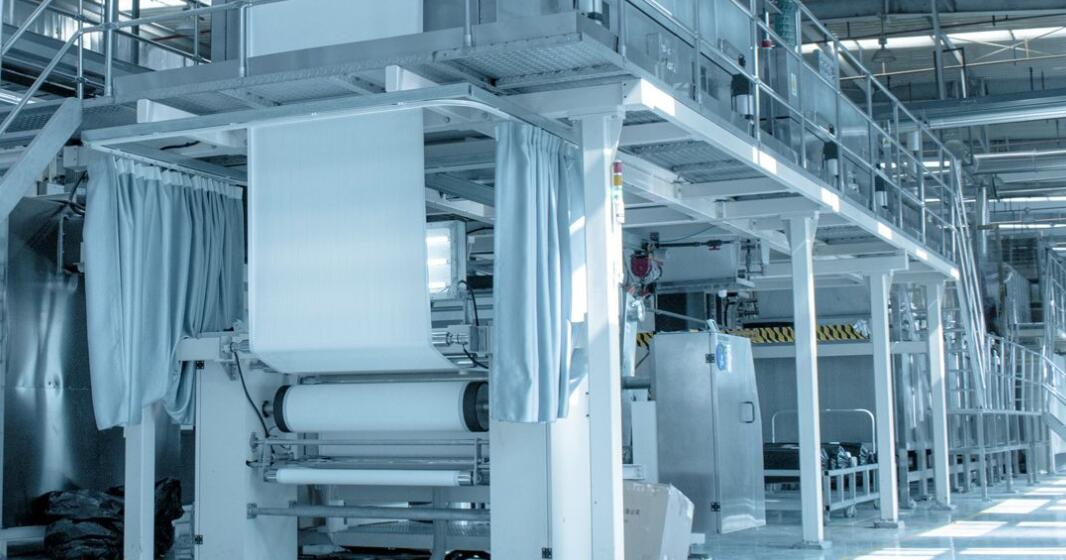

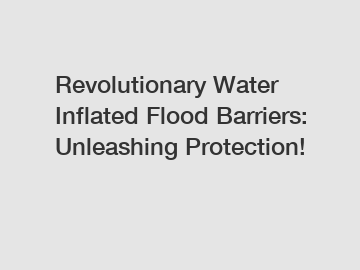
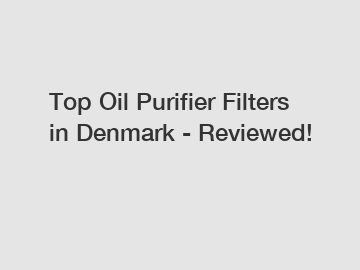
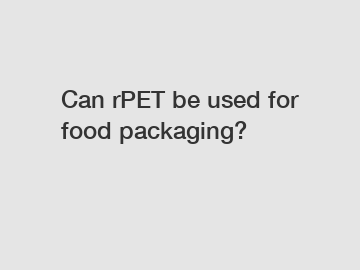

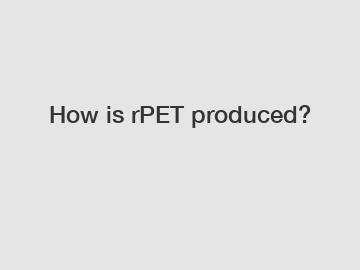
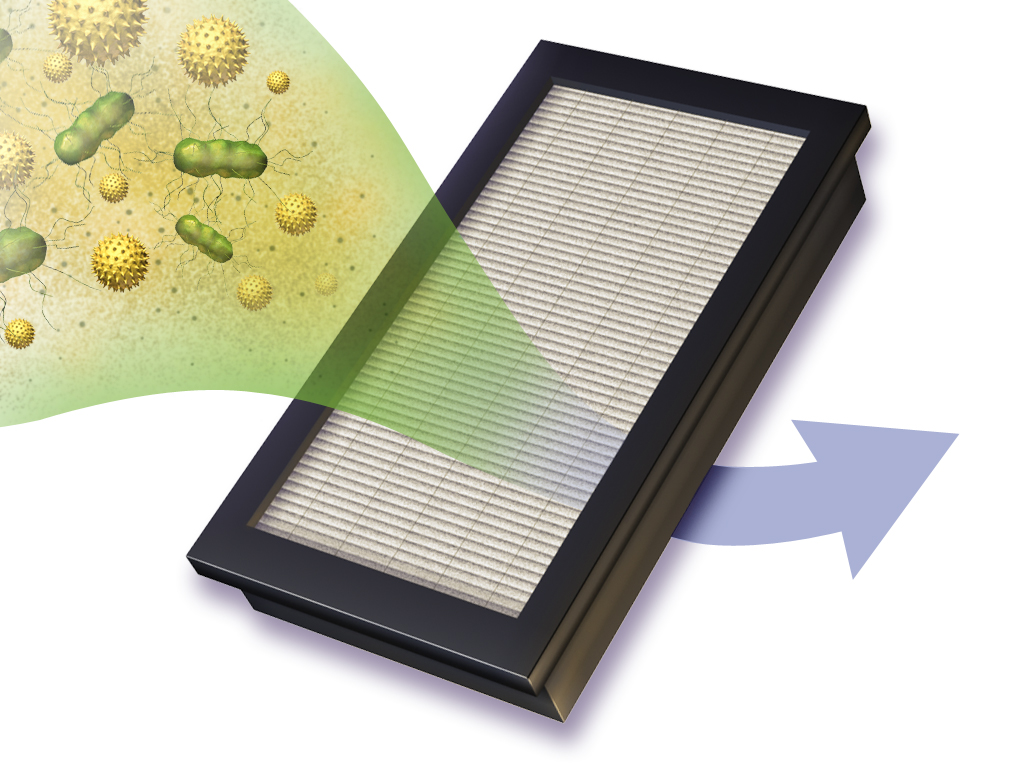
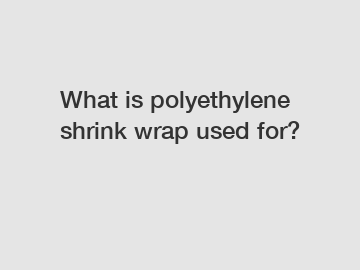
Comments